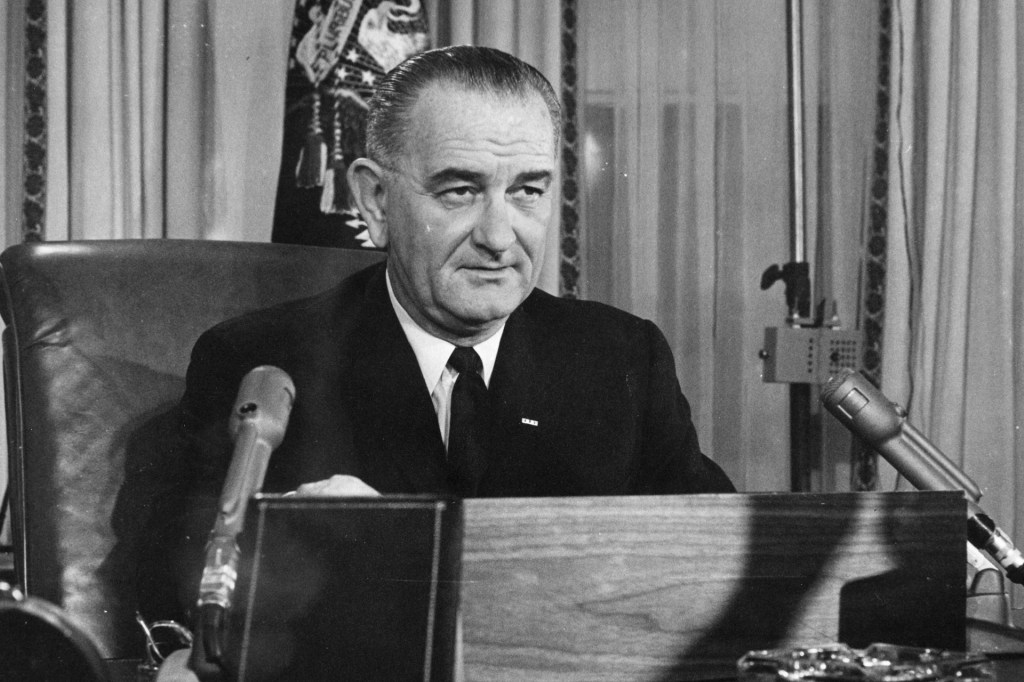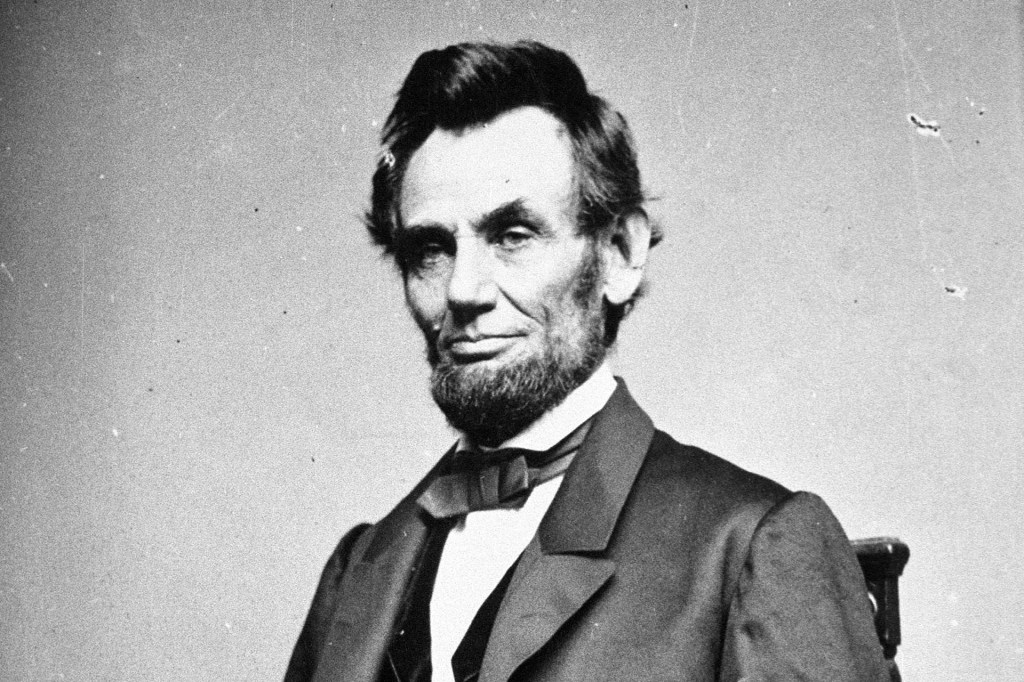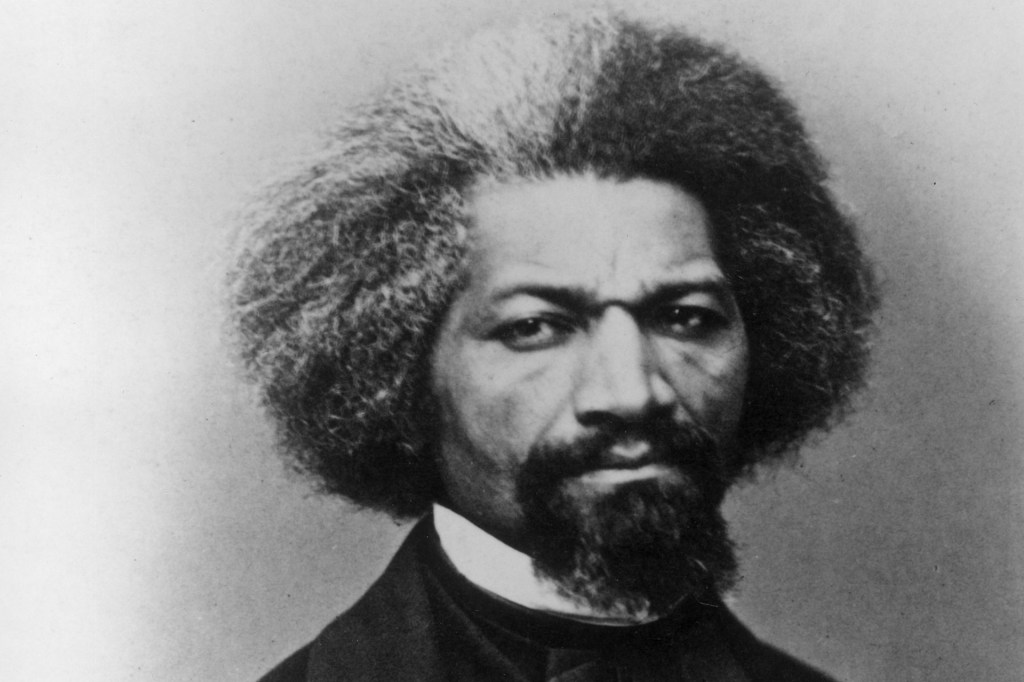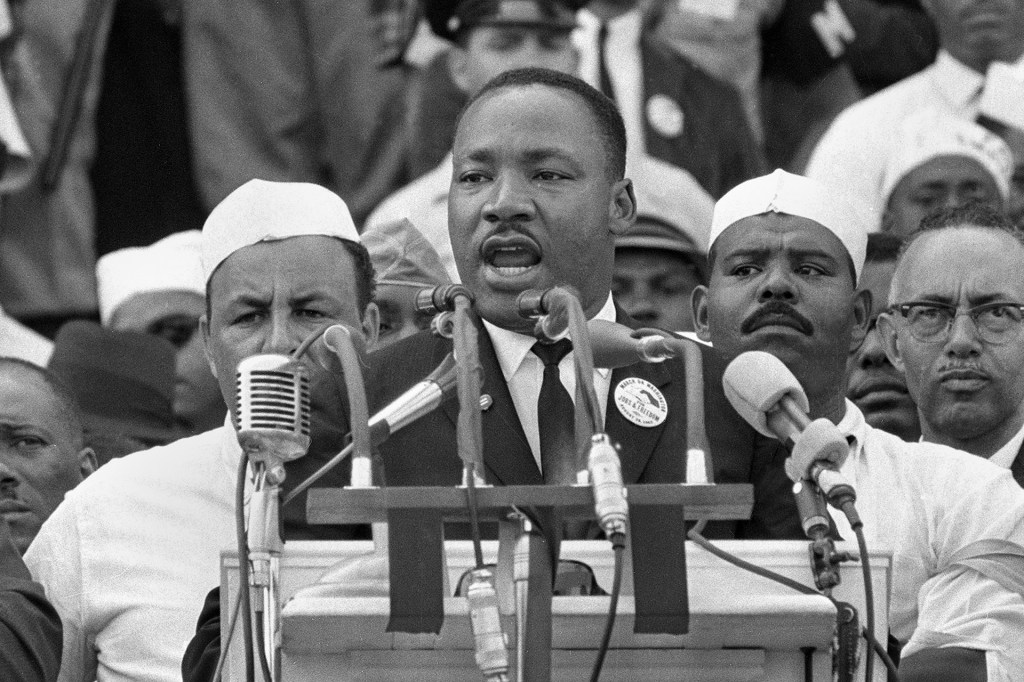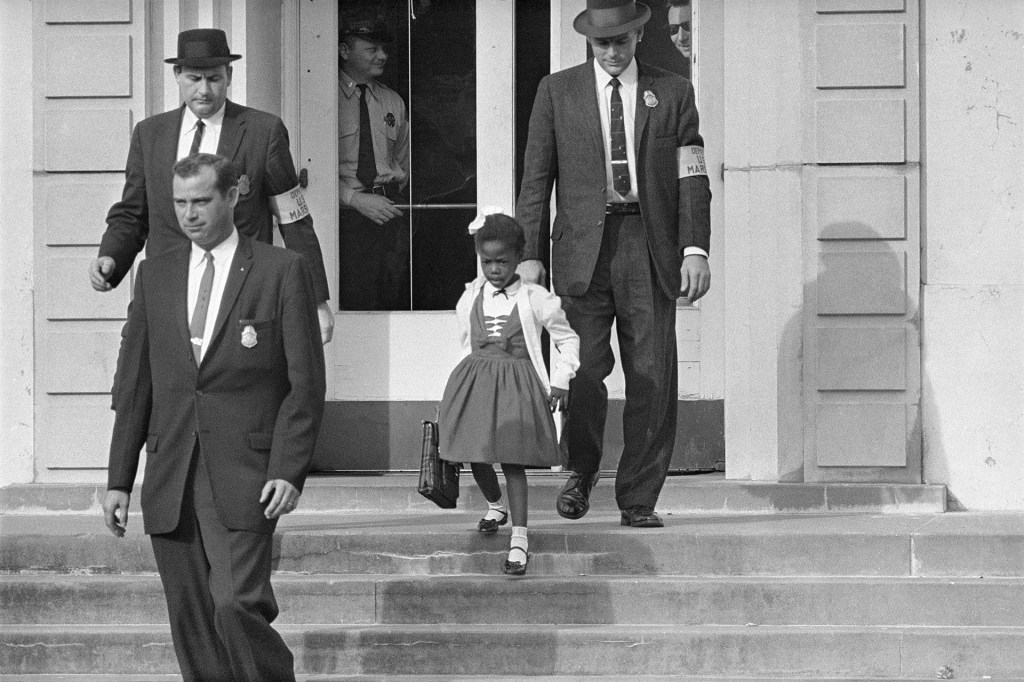John F. Kennedy
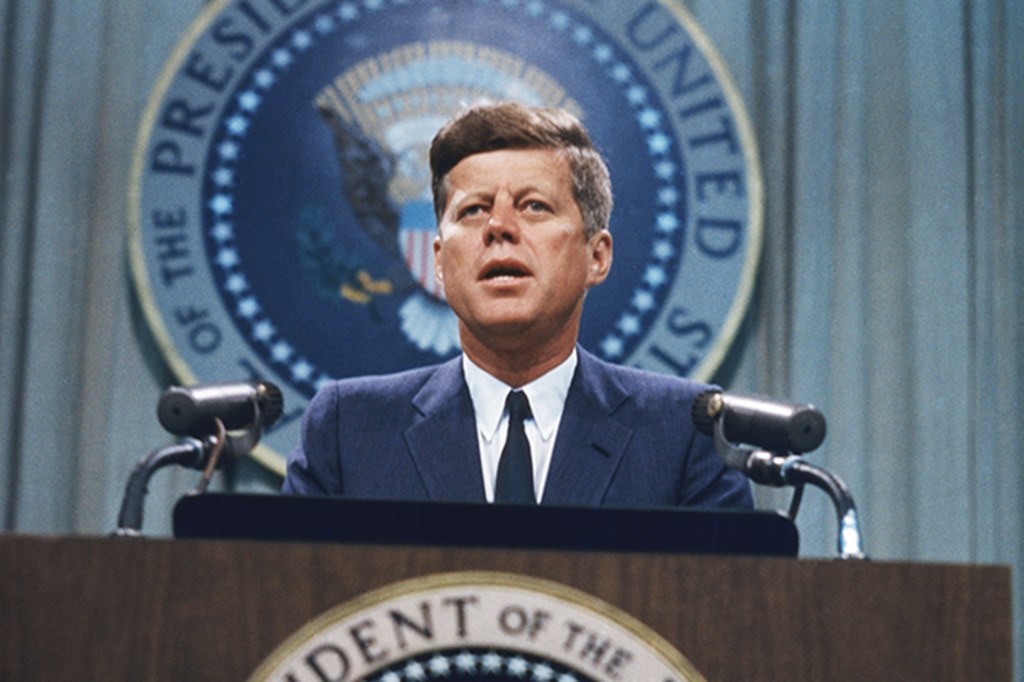
John F. Kennedy (May 29, 1917—November 22, 1963) was the 35th president of the United States. While in office, he led the country though several international crises. He also worked to achieve major civil rights reforms
reform
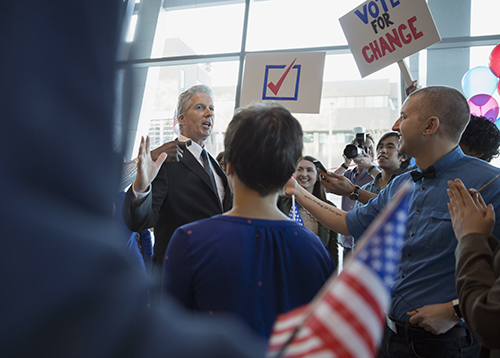 GETTY IMAGES
changes and improvements to a law, social systems or institutions
(reform)
The new government promised to make many reforms.
. But Kennedy’s presidency was cut short when he was assassinated.
GETTY IMAGES
changes and improvements to a law, social systems or institutions
(reform)
The new government promised to make many reforms.
. But Kennedy’s presidency was cut short when he was assassinated.
On November 8, 1960, John Fitzgerald Kennedy became the youngest person to be elected president of the United States. He was 43 years old. Kennedy served for only 1,037 days. But in that short time, he changed the way Americans viewed themselves and the world.
Kennedy was born on May 29, 1917. He was the second of nine children in a wealthy Irish-American family. His father, Joseph P. Kennedy, expected his children to be the best at school and sports.
Kennedy graduated from Harvard University in 1940. A year later, he joined the U.S. Navy. During World War II, Kennedy commanded a small patrol boat in the South Pacific. His job was to search for enemy ships. One night, a Japanese warship hit his boat. Kennedy was seriously injured. But he swam through dangerous waters to lead his men to safety. For his heroism, Kennedy was awarded the Navy and Marine Corps Medal.
After the war, Kennedy entered politics in Massachusetts. In 1946, he won a seat in the U.S. House of Representatives. He then made a successful run for the Senate, serving from 1953 to 1960. In 1961, Kennedy was elected president.
A Warrior for Peace
President Kennedy took office on January 20, 1961. He often said he wanted “He Kept the Peace” engraved on his tombstone. In his inaugural address, he asked America’s enemies to “begin anew
anew
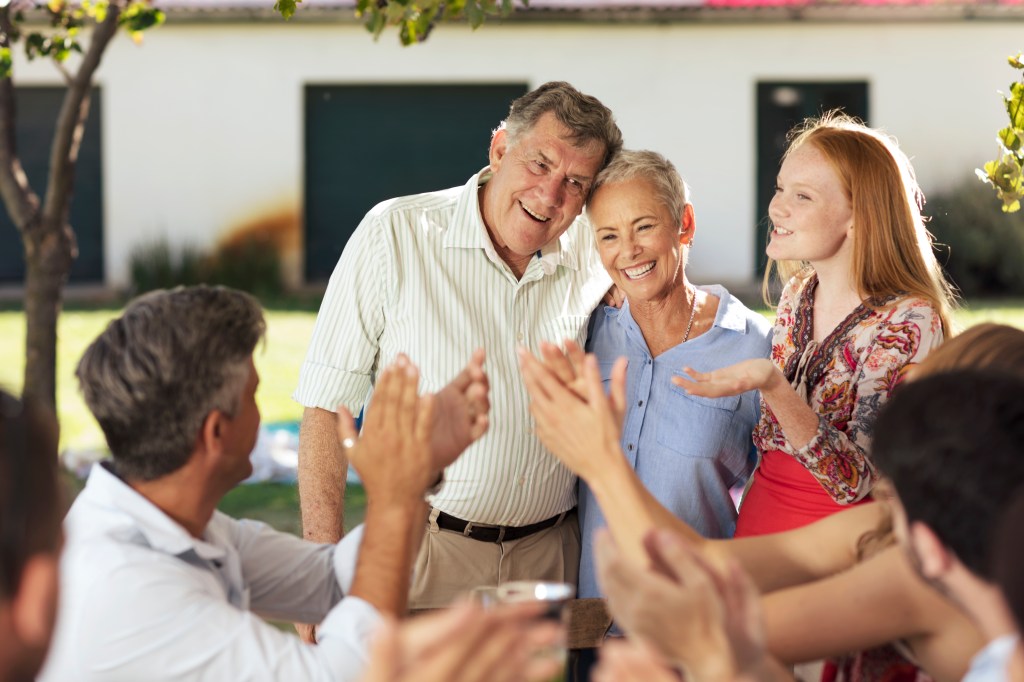 WESTEND61/GETTY IMAGES
once more or again
(adverb)
The couple took their marriage vows anew.
the quest for peace.” That wish was put to the test early in his presidency.
WESTEND61/GETTY IMAGES
once more or again
(adverb)
The couple took their marriage vows anew.
the quest for peace.” That wish was put to the test early in his presidency.
Since the end of World War II, Americans had feared the growing military strength of the Soviet Union. It had a communist government that limited people’s freedoms. (In 1991, the Soviet Union broke up into 15 countries; one of those is Russia.) The U.S. and the Soviet Union were locked in conflict. It was known as the Cold War. Both nations wanted to be the world’s biggest political, economic, and military power. The stakes were high. Both countries had nuclear weapons.
In 1961, Soviet leader Nikita Khrushchev authorized the building of a wall in Berlin, Germany. At the time, Berlin was a divided city. East Berlin was controlled by the communist Soviet Union. West Berlin was democratic. Khrushchev wanted to keep people in East Berlin from traveling to West Berlin.
At first, Kennedy did not challenge the building of the Berlin Wall. But in 1963, he visited West Berlin. There, Kennedy pledged his opposition to communism
communism
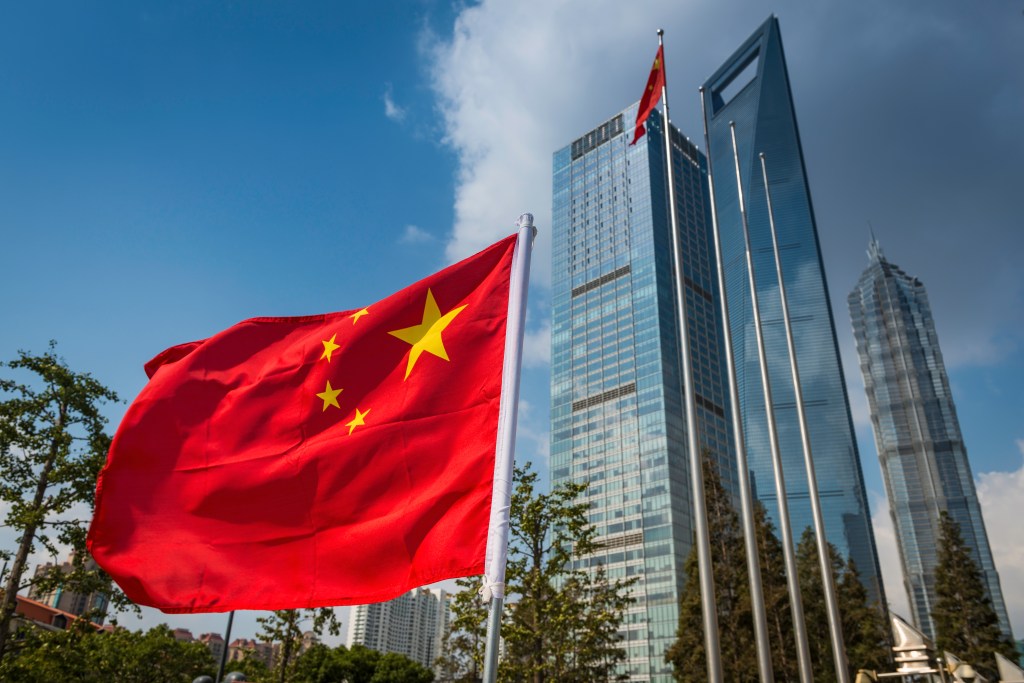 FOTOVOYAGER/GETTY IMAGES
a system of government in which the state owns all property and businesses, and the people have limited freedoms
(noun)
China is ruled by a communist government, but it allows some private ownership of businesses.
. He also promised to support the city’s residents.
FOTOVOYAGER/GETTY IMAGES
a system of government in which the state owns all property and businesses, and the people have limited freedoms
(noun)
China is ruled by a communist government, but it allows some private ownership of businesses.
. He also promised to support the city’s residents.
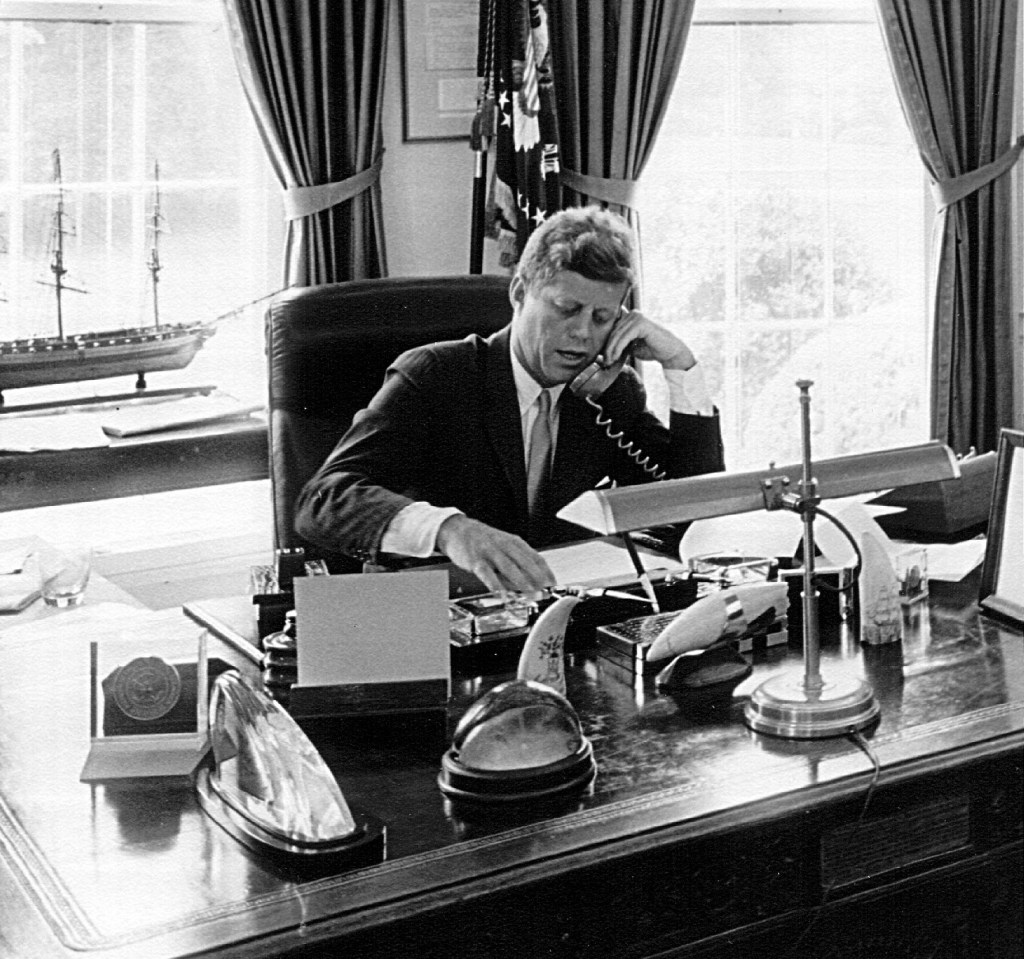
President John F. Kennedy speaks on the telephone in the Oval Office of the White House on August 23, 1962.
NATIONAL ARCHIVE/GETTY IMAGESCommunism had also spread to Cuba. The island is located just 90 miles of the coast of Florida. For that reason, the U.S. saw Cuba as a national security threat. Tensions rose in 1962. The Soviets placed nuclear missiles in Cuba. The weapons could have reached the U.S. mainland.
President Kennedy was determined to avoid a nuclear war. For 13 days, he worked to find a solution to the crisis
crisis
 THOMAS LIM/EYEEM/GETTY IMAGES
an urgent or dangerous situation
(noun)
The crisis left thousands of people without homes.
. Kennedy ordered U.S. ships to form a ring around Cuba. The ships prevented the island from receiving outside aid and weapons. He also negotiated
negotiation
THOMAS LIM/EYEEM/GETTY IMAGES
an urgent or dangerous situation
(noun)
The crisis left thousands of people without homes.
. Kennedy ordered U.S. ships to form a ring around Cuba. The ships prevented the island from receiving outside aid and weapons. He also negotiated
negotiation
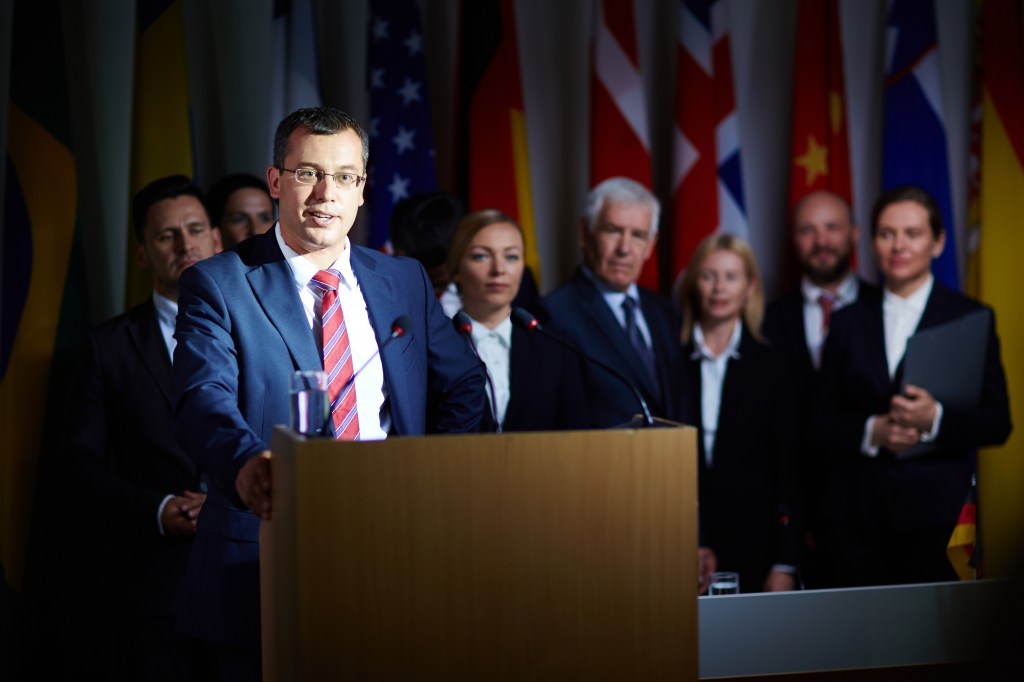 SHIRONOSOV/GETTY IMAGES
a discussion between people who are trying to reach an agreement
(noun)
The company officials said that everything is open to negotiations.
with Khrushchev. Eventually, the Soviets agreed to remove the missiles. Then the U.S. and the Soviet Union signed a treaty banning nuclear-weapons testing.
SHIRONOSOV/GETTY IMAGES
a discussion between people who are trying to reach an agreement
(noun)
The company officials said that everything is open to negotiations.
with Khrushchev. Eventually, the Soviets agreed to remove the missiles. Then the U.S. and the Soviet Union signed a treaty banning nuclear-weapons testing.
A President’s Legacy
Not all of President Kennedy’s time was spent on international matters. He also inspired change and dedication at home.
President Kennedy encouraged space exploration. He pledged that an American would stand on the moon before the end of the 1960s. In addition, he pushed for equality for all Americans by asking Congress to pass a civil rights bill. “This nation, for all its boasts, will not be fully free until all its citizens are free,” he said in a televised speech.
Kennedy was looking to the future when he visited Dallas, Texas, on November 22, 1963. He hoped to build support for his reelection campaign. Cheering crowds lined the streets. They wanted to see the president and his wife, Jacqueline Kennedy. The Kennedys sat in an open car. They smiled and waved. Suddenly, shots rang out. The president slumped over. He was rushed to Parkland Memorial Hospital. But he was pronounced dead at 1:00 p.m. About an hour later, the police arrested Lee Harvey Oswald.
In the years since Kennedy’s assassination, some critics have said that he cannot be called one of the country’s greatest presidents. Their reason is that he did not accomplish enough during his three years in office. But to many, Kennedy is a hero.
Kennedy challenged a nation. “Ask not what your country can do for you—ask what you can do for your country,” he said in his inauguration speech. His words and deeds inspired Americans to become involved in public service. That, his daughter, Caroline Kennedy, wrote in TIME, is one of her father’s greatest achievements.





